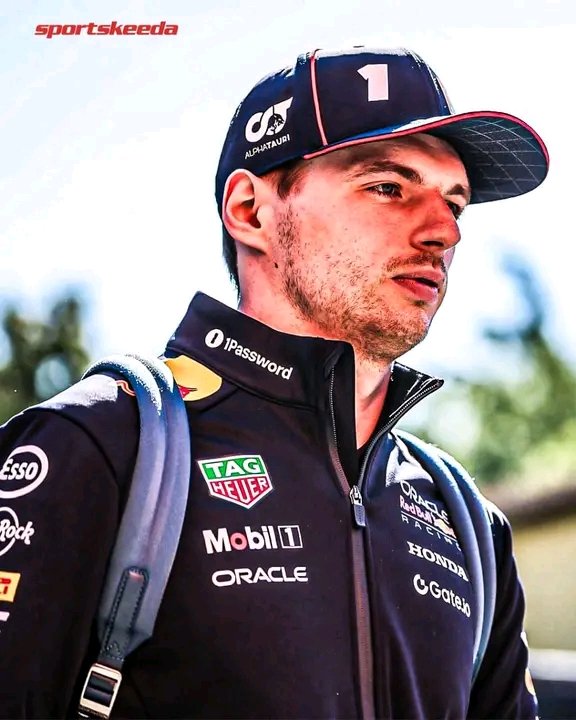The roar of the Imola crowd was deafening as Max Verstappen, the reigning world champion, executed a breathtaking late-braking maneuver on McLaren’s Oscar Piastri to snatch the lead of the Emilia Romagna Grand Prix. The move, a daring gamble into the Variante Alta chicane, left commentators and fans alike gasping. Verstappen, known for his aggressive driving style, squeezed past Piastri with inches to spare, leaving the young Australian to settle for second place. The audacity of the pass, performed with seemingly minimal margin for error, instantly ignited debate: was it simply a masterful overtaking manoeuvre, or the “move of the season”?
Arguments for its elevation to such a lofty title are compelling. The high stakes of the race, the pressure of battling a rising star in Piastri, and the precision required for such a late braking manoeuvre into a challenging corner all contributed to its impact. Verstappen’s mastery of car control, perfectly judging the braking point and apex, was evident. The move wasn’t a simple out-braking; it was a calculated risk, a display of supreme confidence and skill that pushed the boundaries of what’s possible in Formula 1. The subsequent radio silence from Verstappen, betraying no hint of apprehension, only reinforced the coolness of the execution.
However, counterarguments exist. While undeniably impressive, the move occurred relatively early in the season, leaving ample opportunity for even more spectacular overtakes later in the year. Some critics argue that the move’s brilliance is partially overshadowed by the fact that Piastri, while competitive, wasn’t yet fighting for the championship lead, lessening the overall weight of the overtaking maneuver. Furthermore, the strategic implications of the overtake, resulting from a carefully planned undercut, cannot be entirely divorced from the praise awarded to the raw driving skill involved.
Ultimately, the classification of Verstappen’s maneuver hinges on subjective interpretation. It was undeniably a stunning display of talent, demonstrating exceptional car control and racecraft. Yet, whether it surpasses other potential contenders for the “move of the season” award remains a matter of personal preference and the unfolding events of the remainder of the championship. The coming months will undoubtedly witness further breathtaking moments, offering compelling comparisons to assess Verstappen’s Imola performance.
The Emilia Romagna Grand Prix’s thrilling conclusion serves as a potent reminder of Formula 1’s enduring appeal: the unpredictable nature of the sport, the mastery of human skill, and the captivating drama played out on the track. Verstappen’s move may not definitively claim the “move of the season” title, but its place in the pantheon of memorable F1 overtaking maneuvers is undeniably secure. The debate itself, however, is likely to continue long after the chequered flag falls on the final race.
